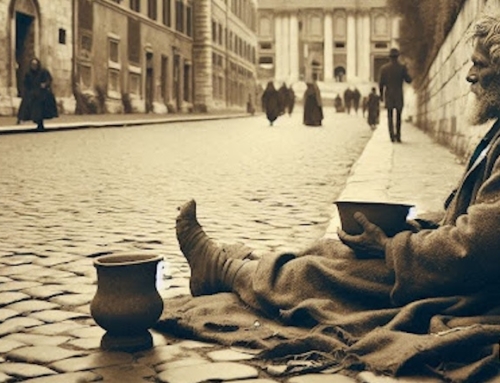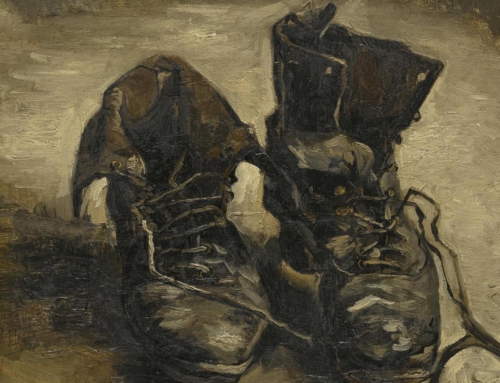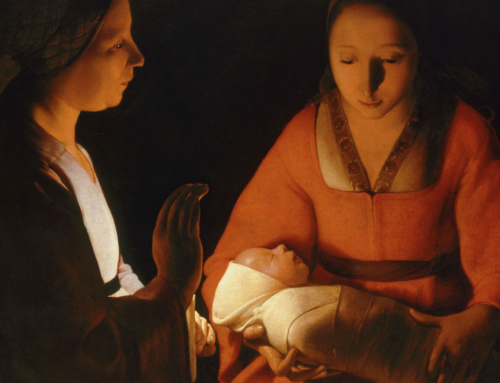To pray or do good? This seems to be the dilemma of anyone trying to live a Christian life. On the one hand St. Thomas Aquinas says that “the contemplative life is more excellent than the active,” but on the other hand St. James says that “faith by itself, if it has no works, is dead.” This dichotomy is traditionally expressed in terms of Martha and Mary, and Jesus certainly seems to weigh in on Mary’s side. Today the church honors the Seven Holy Founders of the Servite Order, who illuminate the interaction of the contemplative and the active life.
The Servite Order was founded by a group of seven men from Florence. They were not the kind of group you would think of to found a religious order: they were well off and highly respected men, and while three of them were celibate, two were widowed and two were married. Thus, the first thing they had to do was provide for their dependents. This being done, they went off to begin a contemplative life. They took up this life in a house just outside Florence called La Carmarzia, but it wasn’t long until they were so distracted by visitors that it was impossible to live the contemplative life. So like good monks they fled from the world into the wilderness and began living on the slopes of Monte Senario.
They remained on those slopes for a time, sending visitors quickly on their way—even those who wished to join them—until they were visited by their local bishop and a cardinal. The cardinal was impressed, but commented that “you seem more desirous of dying to time than of living for eternity.” Then the Seven Holy Founders had a vision of Mary, who told them that she wanted them to be her servants (hence their full name, the Order of the Servants of Mary), wear the black habit, and follow the Rule of St. Augustine. This was on April 14, 1240, and from that day on they began to live more like mendicant friars and less like monastics. That is to say, they began to go out from their cloister, travelling extensively to preach the Gospel. To the Servites was entrusted particularly the preaching of the Seven Sorrows of Mary, commemorating the suffering which she endured alongside her son, Jesus Christ. At the same time, they did not abandon their monastic practices but continued to pray the Divine Liturgy in common and to live in community. Their work, however, became that of preaching, and they earned their food by begging. After this transition they began to accept new companions to join them, and they quickly grew and spread throughout Europe.
It’s a pretty amazing story, and it shows how in the mixed life—contemplation paired with action—men can be drawn first to contemplation. After spending time in prayer, they are called out from contemplation into the service of their fellow men. And this should be the model of every Christian life. A man should first seek God and desire to be with Him. By being with God, a man might hear a call from God to go out to other men and draw them to God. Even those living in monasteries should hear this call to draw their brothers in the monastery closer to God by the example of their service. This is the life that St. Thomas Aquinas says surpasses even the contemplative life, although not by abandoning the contemplative life for the active life, but by uniting the two: “And this work is more excellent than simple contemplation. For even as it is better to enlighten than merely to shine, so is it better to give to others the fruits of one’s contemplation than merely to contemplate.” Hence, an active life is well lived when it flows out of a contemplative life, and there cannot be a purely active Christian life absent of any contemplation. Every Christian should be both Martha and Mary.
So if you are finding yourself “worried and distracted by many things” (Lk 10:41) while you are helping others and doing good, it might help to turn back to prayer. And if you find that your prayer life seems to be in a rut, maybe there’s an act of mercy you’ve been putting off that God is calling you to do.
✠
Image: Ceiling in the Servite mother church (CC BY 2.5 by Wikimedia user)







